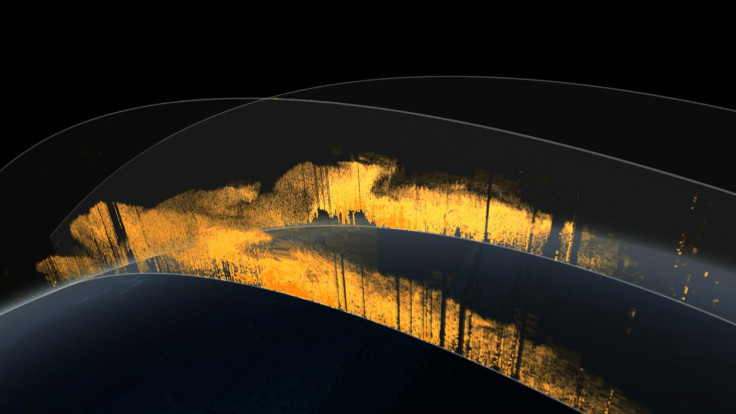Thousands of tonnes of Sahara dust makes trans-Atlantic journey to fertilise Amazon

Nasa satellite estimates show that almost 20,000 tonnes of dust is transported every year by wind from the Sahara to the Amazon.
This dust rich in phosphorus goes to enrich the plants in the Amazon and replaces an equal amount lost from rain and flooding, showing the interconnected dynamics of the planet.
The new dust transport estimates were derived from data collected by a lidar instrument on Nasa's Calipso (Cloud-Aerosol Lidar and Infrared Pathfinder Satellite Observation) satellite from 2007 through 2013.
Wind and weather picks up on average 180m tonnes of dust (equivalent to 689,290 semi trucks) each year and carries it past the western edge of the Sahara at longitude 15W.
The dust then embarks on 2600km trans-Atlantic journey even though some of it is lost to the surface and flushed down by rain.
Near the eastern coast of South America, at longitude 35W, around 130m tonnes remain in the air, and 25m tonnes - enough to fill 104,908 semi trucks - fall to the surface over the Amazon basin.
About 40m tonnes of dust travels farther to settle out over the Caribbean Sea, past longitude 75W.
The dust picked up from the Bodélé Depression in Chad, an ancient lake bed rich in phosphorus loaded dead organisms, helps the rain forest flourish by supplying the essential nutrient for plant proteins and growth.
Nutrients are in short supply in Amazonian soils. Instead they are locked up in the plants themselves. Dead and decaying matter supplies a majority of nutrients which are rapidly absorbed by plants and trees from the soil.
Much of the nutrients, including phosphorus, are washed away by rainfall into streams and rivers, draining from the Amazon basin. This is what is replaced by the African dust.
The paper published on February 24 in Geophysical Research Letters, provides the first satellite-based estimate of this phosphorus transport over multiple years, in a study led by Hongbin Yu, an atmospheric scientist at the University of Maryland who works at Nasa's Goddard Space Flight Center in Greenbelt, Maryland.
Yu and colleagues focused on the Saharan dust transport across the Atlantic Ocean as it is the largest transport of dust on the planet.
Dust collected from the Bodélé Depression and from ground stations on Barbados and in Miami gave scientists an estimate of the proportion of phosphorus in Saharan dust.
The highly variable data showed an 86% change between the highest amount of dust transported in 2007 and the lowest in 2011.
The variability was linked to conditions in the Sahel, the long strip of semi-arid land on the southern border of the Sahara. When Sahel rainfall increased, the next year's dust transport was lower. Why this is so is not yet understood.
The data is also important for understanding how dust and other aerosols behave as they move across the ocean, said Chip Trepte, project scientist for Calipso at Nasa's Langley Research Center in Virginia.
"We need a record of measurements to understand whether or not there is a fairly robust, fairly consistent pattern to this aerosol transport," he said.
© Copyright IBTimes 2025. All rights reserved.





















